Failing to woo ’90s Jaguar, ItalDesign’s XJ concept found a home in Korea
Few automakers have been as reluctant to let go of the past as Jaguar. After scoring a major success with the styling of its XJ flagship sedan all the way back in 1968, the British brand spent the next four decades clinging to the same basic shape, maintaining the model’s quad-headlight countenance for almost the entire duration of the nameplate.
As the ’80s drew to a close, however, such homage became increasingly perceived as liability. Jaguar was becoming outdated by other Euro badges bent on embracing aero-friendly and thoroughly modern sheetmetal, and Coventry appeared to be treating its heritage more like an anchor than a buoy. More than a few observers shared this opinion, but too many years passed before the company took any significant steps.
One spark of dissent nearly ignited a conflagration of change within Jaguar’s insular hallways. Unveiled in 1990, the Jaguar Kensington Concept looked outside the company’s own history and even its in-house styling department, seeking to wrench the XJ’s shape free from a timeline that seemed to flow only backwards. Although the end result never darkened a Jaguar showroom, it survived halfway around the world, witness to one of the weirdest examples of automotive corporate synergy to date.
Be the change you want to see
Hoping to score a lucrative contract and bolster its own reputation, Giorgetto Giugiaro’s Italdesign decided to imagine the XJ set free from historical propriety. The challenge was simple, though successful execution that had somehow eluded the company’s internal processes since the 1960s: Create an executive sedan that didn’t rely on a three-box design. Thus was born the Kensington Concept, a vehicle that reinvented the XJ’s most laggardly aspects while retaining some of the brand’s design cues.
Italdesign used three elements to reshape Jaguar’s deeply established sedan roots. The front end abandoned a four-lamp visage (while maintaining a slot-like grille similar to other Jaguar models). At the rear, a re-think of the XJ’s boat-tail significantly shortened the deck while smoothing out the bumper and narrowing the distance between the fenders. Connecting them both was a sloping roofline that flowed from front to rear, with a profile incorporating oval glass in place of Jaguar’s familiar rectangles and triangles. Round rather than sharp, the Kensington still managed to convey a sense of purpose with its power pyramid hood and beefy flanks.
Marketplace
Buy and sell classics with confidence

The interior of the Kensington adopted the organic ovals of its body. Wrapped in teal leather, the cabin accurately predicted the blobbier trends that would dominate interior design in the early 1990s. The vehicle itself sat on an XJ12 floor pan and borrowed its 12-cylinder motor from the production model (although that engine would not be installed in time for the concept’s debut at the Geneva Motor Show).
Sign of the times
Sit the Kensington Concept alongside contemporary fare from Volvo and Alfa Romeo, and it becomes clear that Italdesign had its finger on the pulse of the times. Just as important, the vehicle didn’t stray too far from the conservative yet stylish language of Jaguar’s existing lineup. Squint at the Kensington and you can clearly see the XJ foundation, but imagine it rolling by you on the street and you’ll immediately recognize its ’90s aesthetic.

Jaguar, however, was less than impressed. Although it had a history of working with Italian designers in the past (particularly Pininfarina and Bertone), the idea of a more bulbous XJ replacement was slightly distasteful. Coventry had no intention of licensing Turin’s take on the automaker’s sedan of the future, leaving Italdesign to decide how best to monetize the Kensington Concept.
Two paths diverge on a motorway …
It’s here that the would-be leaping feline and Jaguar’s actual design path diverge in a most unusual fashion. Having purchased Jaguar shortly before the Kensington’s debut, Ford’s takeover of the brand (and push towards platform-sharing) encouraged it to experiment with breaking the established Jaguar mold. Both the S-Type sedan (based on the Ford Mondeo) and its XK replacement (a re-body of the XJS platform) were decidedly more ovoid than anything the brand had yet produced. Still, the reinvention was slow and patchwork, and the XJ clung to its tried-and-true silhouette for the next two decades. It wasn’t until the mid-size XF four-door arrived for the 2008 model year that Jaguar completely abandoned its retro focus and produced a truly modern design that saw no need to drag a foot in its heritage. Led by Ian Callum’s vision, a similarly-shaped XJ finally followed shortly thereafter.

Giorgetto, on the other hand, thought the Kensington Concept was perfectly viable. If Jaguar wasn’t interested, surely someone else would be. It wasn’t long before he found a willing suitor in Daewoo. A Korean purveyor of extremely affordable automobiles may appear an obvious step down from old-school English luxury, but profit trumped prestige. Daewoo needed a stylish skin for its mid-size Leganza model, and a deal was soon struck. After a few tweaks, the Kensington was hit with a metaphorical shrink ray and repurposed for the Daewoo model, which arrived on European roads at the end of the 1990s.
A curious footnote to the Kensington/Daewoo connection is the provenance of the Toyota Aristo. Marketed as the Lexus GS 300 in North America starting in 1993, there are certainly similarities between the Leganza, the Kensington, and the GS, all three of which were penned by Italdesign. The Lexus sedan, however, had been in development since 1988, and was itself an influence on the Leganza and the Kensington, rather than the other way around.




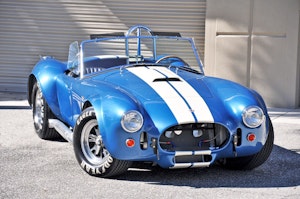

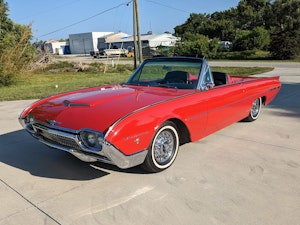

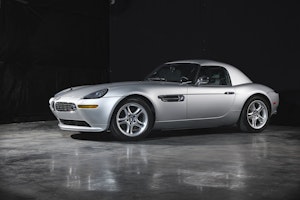
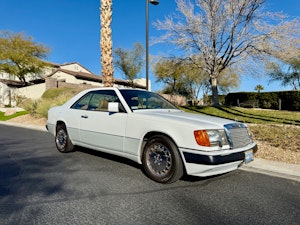
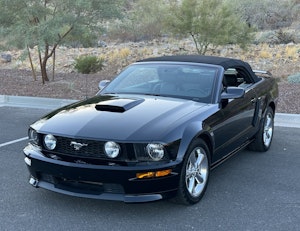
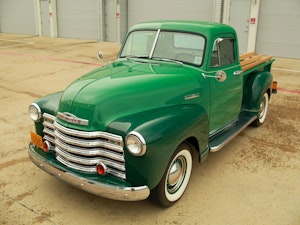













What a shame! It’s beautiful! I think if Jaguar had been brave enough it could have been a bit! It’s years ahead of its time and to me it still looks like a very modern Jaguar, it is certainly way more easy on the eye than the x351 was, I love it it’s Elegant and Beautiful!
It certainly was a break from tradition for Jaguar it was never produced as a Jaguar, perhaps they were frightened at what they had created !!!